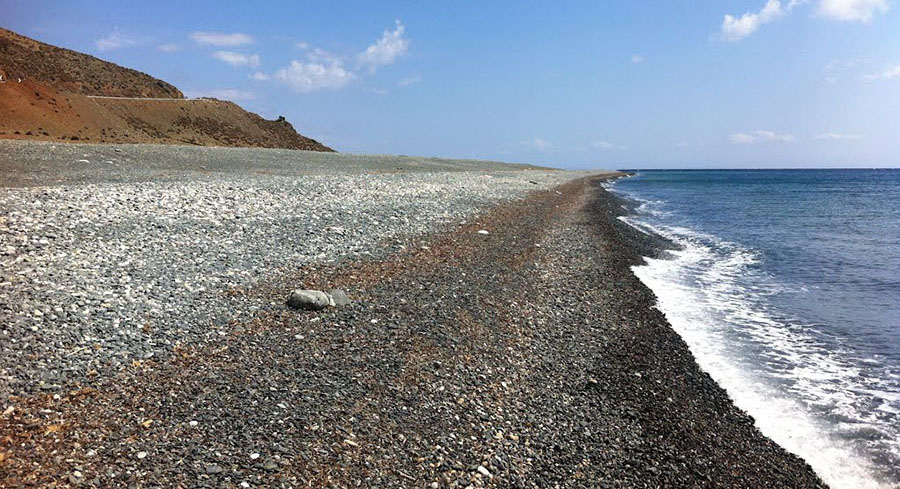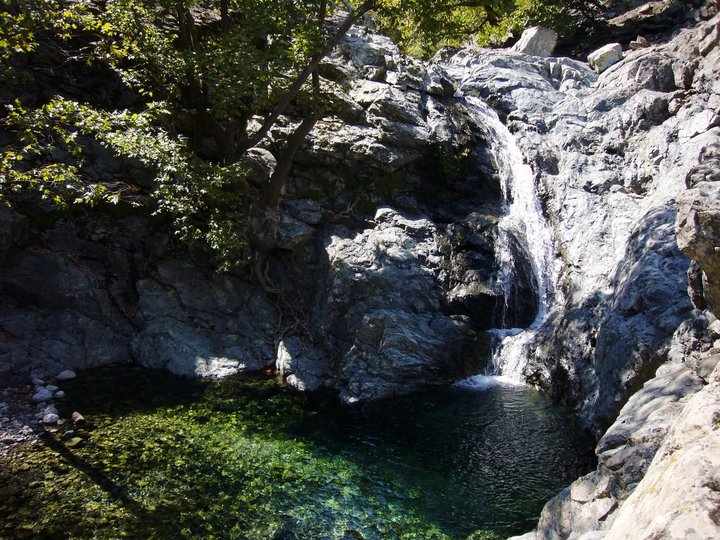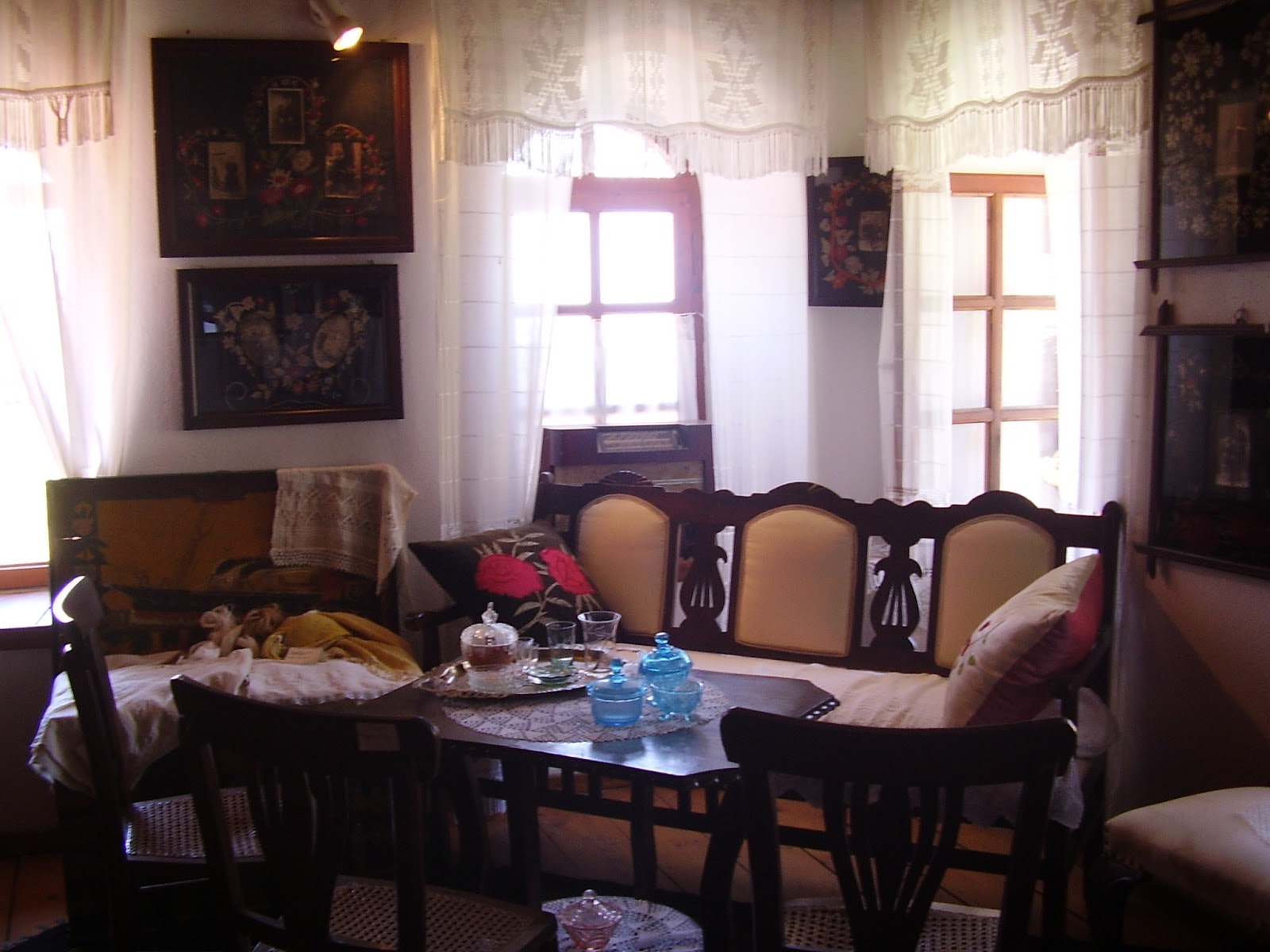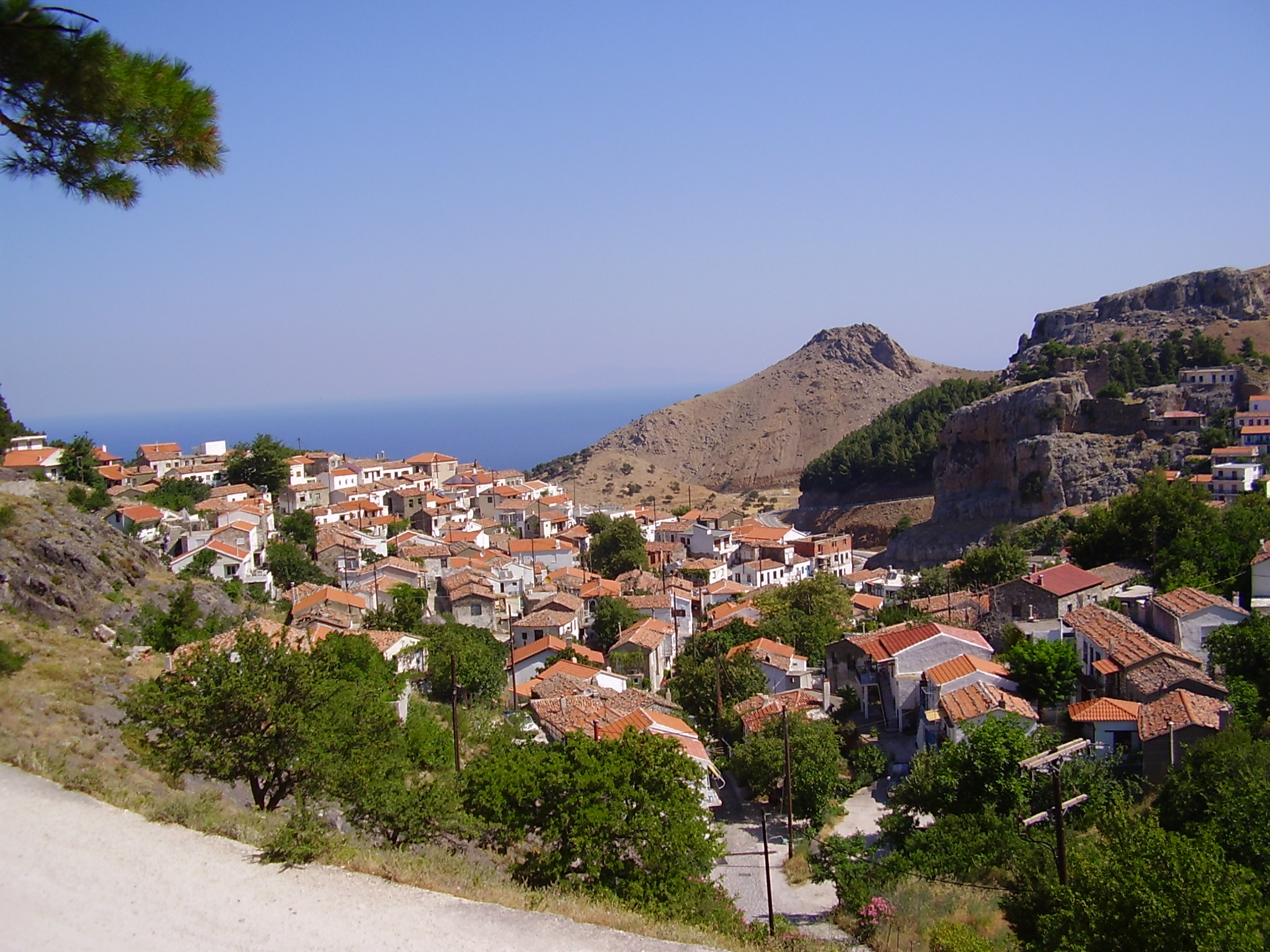Archaeological Site of Paleopolis, Sanctuary of the Great Gods.
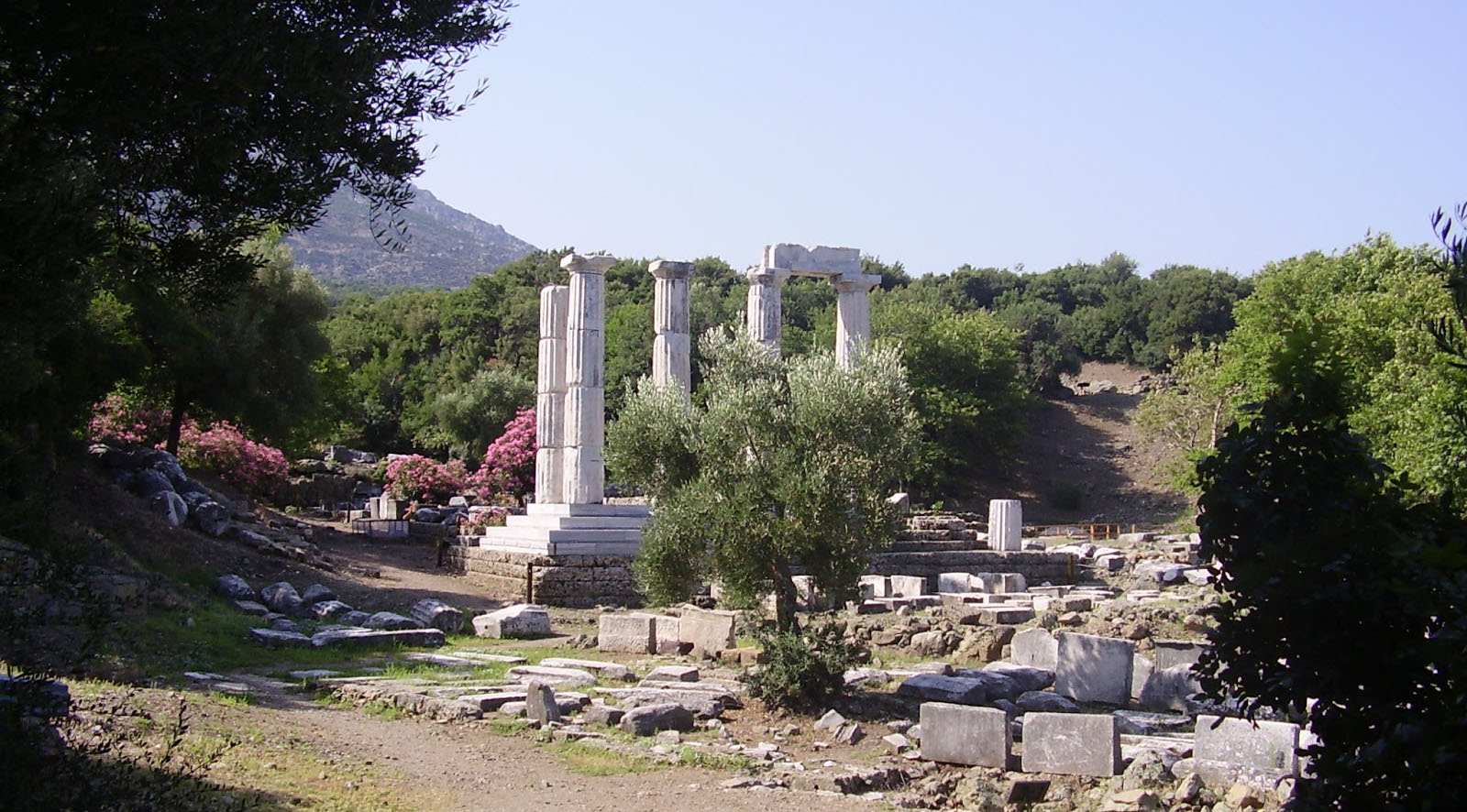
Located on the northern beach of the island, west of the ancient city. The first religious activity dates back to the 7th century BC, while permanent constructions mainly date from the first half of the 4th century BC to the early imperial period. The Sanctuary was dedicated to the worship and celebration of the Mysteries of the Great Gods, which influenced Greek and Roman antiquity. The identity and nature of the gods, known as the Kaviri, remain enigmatic.
The first discovery was made in 1863 by the French consul M. Champoiseau at the Monument of Victory. Two additional French missions followed in 1866 and 1891 at the Theater΄s Cave. The first systematic excavations were conducted in 1873 and 1875 by the Austrian archaeologist A. Conze. Since 1938, New York University has been conducting excavations at the Sanctuary under the direction of K. Lehmann and later, after his death in 1960, J. R. McCredie.
The Sanctuary was dedicated to the worship and celebration of the Mysteries of the Great Gods, which influenced Greek and Roman antiquity.
In 1956, restoration work was carried out on five columns and the central pillars of the Sanctuary΄s facade, with financial assistance from the Bollingen Foundation.
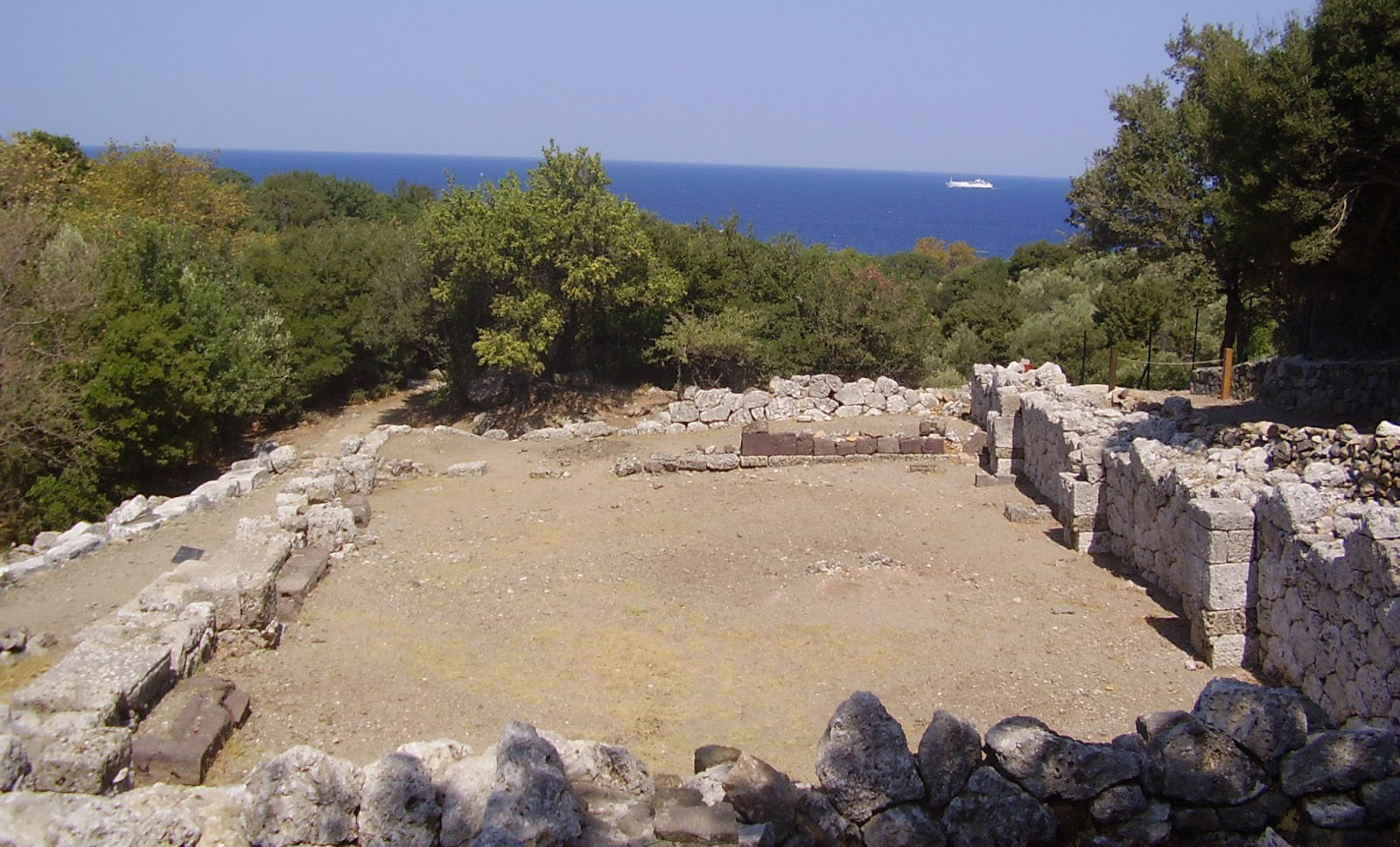
The most important monuments and architectural complexes of the archaeological site include:
"Temple": It is the oldest and largest marble building in the sanctuary, dominating the worship of the Great Gods. The building was adorned with dancers and dancers. It dates back to around 340 BC.
The Sanctuary: It is the most important building after the "Temple". Here, initiation into the second level of the Mysteries, known as the Epopteia, took place. It dates between 325-150 BC.
The Tholos of Arsinoe: A dedication of Queen Arsinoe, wife of Lysimachus, to the Great Gods. It is the largest known enclosed circular building in ancient Greek architecture, dating from around 288-281 BC.
The Propylaeum of Ptolemy II: A dedication of Ptolemy II Philadelphus to the Great Gods. Its construction dates between 285-281 BC.
The Stoa: Built on the western hill to accommodate visitors to the Sanctuary. It dates to the first half of the 3rd century BC.
The Palace: It is the building of the first level of initiation into the Mysteries, known as the Myesis. It dates to the early imperial period, around the 1st century BC.
The Sacred Circle: This circular space with five tiers was used for observation and participation in activities. It dates from the late 5th century to the early 4th century BC.
The Monument of Victory: This open rectangular structure, where the statue of Nike of Samothrace was placed on the prow of a ship, was reconstructed in 1956 with financial assistance from the Bollingen Foundation. It dates to the early 2nd century BC.

